King Anthurium: A Complete Guide
Introduction
The King Anthurium (Anthurium clarinervium) is a tropical plant known for its striking, heart-shaped leaves with bold, prominent veins and its ability to thrive in indoor environments. Often called the “king” of the Anthurium family, this plant’s foliage is incredibly eye-catching, with dark green leaves that appear almost velvet-like. Native to the rainforests of Central and South America, the plant thrives in humid, warm conditions, making it a perfect choice for indoor gardening. With the right care and environment, it will not only add an exotic, lush feel to your space but also reward you with its vibrant, ornamental foliage.
The King Anthurium is a visually captivating plant that adds a touch of tropical luxury to any home or garden. It is revered for its distinct, textured leaves that stand out with bold white veins, which give the plant a dramatic and sophisticated look. Often grown as an ornamental indoor plant, it requires minimal maintenance while delivering impressive aesthetic rewards. Whether you’re a seasoned plant lover or a beginner, growing and caring for the King Anthurium is a rewarding experience. This guide will walk you through everything you need to know to cultivate this stunning plant successfully.

Background and Origins of King Anthurium
The King Anthurium hails from the tropical rainforests of Central and South America, where it thrives in the humid understory beneath taller trees. In its native environment, it grows as an epiphyte, attaching itself to tree trunks and using the surrounding moisture and nutrients. The plant is part of the Anthurium genus, which includes several species known for their ornamental value, such as the popular Anthurium andraeanum, also known as the “flamingo flower.” King Anthurium stands out due to its unique foliage and striking appearance, making it a favorite among plant collectors.
The plant has become a popular choice for interior decor due to its easy care and beautiful, dramatic leaves. Though it’s native to the tropical climate of the rainforest, the King Anthurium has adapted well to indoor environments where humidity can be maintained, adding a lush, tropical element to home decor.
How to Grow King Anthurium: Step-by-Step Guide
Growing the King Anthurium can be a rewarding experience if you provide it with the right care and environment. Here’s a step-by-step guide to growing this beautiful plant:
- Choose the Right Location: King Anthuriums thrive in bright, indirect light. Direct sunlight can scorch their leaves, so place the plant near a window with filtered light. A spot with consistent, moderate light will help the plant grow best.
- Prepare the Soil: Use a well-draining, acidic potting mix. A mix designed for orchids or a combination of peat, perlite, and bark works well for creating the loose, airy soil that the King Anthurium needs.
- Watering: Water the plant when the top of the soil feels dry to the touch. Be sure to water deeply but avoid letting the plant sit in standing water. Good drainage is essential to prevent root rot.
- Humidity: Since the King Anthurium originates from a humid tropical environment, it thrives in high humidity levels. Keep the humidity around 60-80%. You can increase the humidity by misting the plant or placing it on a humidity tray filled with pebbles and water.
- Temperature: The plant prefers warm temperatures between 65°F and 80°F (18°C to 27°C). Avoid placing it in areas with temperature fluctuations or cold drafts, as it can negatively impact its growth.
- Fertilizing: Feed your plant every 6-8 weeks during the growing season with a balanced, water-soluble fertilizer. In winter, when the plant is dormant, reduce feeding to once every two months.
By following these steps, your King Anthurium will thrive and grow to its full potential, rewarding you with lush, tropical foliage.
How to Care for King Anthurium
Caring involves maintaining proper humidity, watering, and temperature conditions. Here are essential tips to help your plant thrive:
- Light: Provide bright, indirect light. Too much direct sunlight can burn the leaves, while too little light will cause the plant to become leggy and produce fewer leaves. An east or west-facing window with sheer curtains is ideal.
- Watering: Keep the soil moist but not waterlogged. Water the plant thoroughly when the top of the soil feels dry. Always ensure good drainage in the pot to avoid root rot.
- Humidity: To replicate the humid rainforest environment, mist the leaves regularly or place a humidifier near the plant. This will help the plant maintain its lush, green appearance.
- Temperature: The plants thrive in warm temperatures, between 65°F and 80°F (18°C and 27°C). Keep the plant away from drafty areas, such as near windows or air conditioning units.
- Pruning: Remove any dead or yellowing leaves regularly to maintain the plant’s appearance and to encourage healthy new growth. Always use clean, sharp scissors to avoid transmitting disease.
- Repotting: Repot every 1-2 years to refresh the soil and provide more space for the roots. Choose a pot that is 1-2 inches larger in diameter than the current one to allow room for growth.
By following these care tips, you can keep your King Anthurium healthy and vibrant for years to come.
How to Prune King Anthurium
Pruning it helps maintain its appearance and encourages healthy growth. Here’s how to prune it:
- Remove Dead or Damaged Leaves: Inspect your plant regularly and remove any yellowing or dead leaves. This improves air circulation and helps prevent disease.
- Cut Back Leggy Growth: If the plant becomes too leggy, prune the stems back to encourage more compact growth. Pruning encourages new shoots and helps the plant retain its natural form.
- Timing: The best time to prune is during the growing season (spring and summer) when the plant is actively growing. Always use clean, sharp pruning shears to prevent spreading diseases.
How to Landscape with King Anthurium
The King Anthurium can be used in various landscaping styles to enhance indoor and outdoor spaces. Here are some ideas for incorporating this beautiful plant into your landscape:
- Tropical Indoor Garden: Create a tropical-themed indoor garden by grouping the King Anthurium with other lush plants like ferns, calatheas, and palms. The King Anthurium’s bold leaves will make a statement in any indoor garden.
- Accent Plant: Plant it in in a decorative pot and use it as a focal point in your living room, hallway, or entryway. Its striking appearance will add a touch of elegance to any room.
- Container Garden: The Plant also works well in containers on patios or balconies. Its dramatic leaves add height and structure to container gardens, and it can be moved indoors during colder months.
- Tropical Landscape Design: In tropical and subtropical climates, use the plant as part of your garden’s landscape. Pair it with other large-leaved plants like bananas or elephant ears for a lush, vibrant look.
The King Anthurium’s dramatic foliage and unique appearance make it an excellent choice for tropical and ornamental landscaping.
Companion Plants for King Anthurium
The King Anthurium pairs well with plants that share similar care requirements. Here are some great companion plants:
- Philodendrons: Both the King Anthurium and Philodendrons thrive in similar humidity and light conditions, making them perfect companions.
- Calatheas: Calatheas, known for their striking patterned leaves, complement the King Anthurium’s bold, veined foliage beautifully.
- Ferns: Ferns love the high humidity and indirect light conditions that the King Anthurium enjoys, making them great companions in both indoor and outdoor spaces.
These plants share similar humidity, light, and temperature requirements, creating a harmonious plant collection.
Fun Facts
- Symbolism: In some cultures, the Anthurium plant is known as the “flower of happiness” and is associated with prosperity and good fortune.
- Air Purification: Like many tropical plants, the King Anthurium helps purify the air by absorbing carbon dioxide and releasing oxygen.
- Long-Lasting Flowers: While the King Anthurium is primarily grown for its foliage, its flowers can last for several weeks, adding an extra burst of beauty to any space.
How to Harvest King Anthurium Flowers
Although King Anthurium is often grown for its foliage, it also produces long-lasting, colorful flowers. Here’s how to harvest them:
- Wait for the Right Time: Harvest the flowers when they are fully open and vibrant, but before they start to fade. The flowers will last longer if harvested at their peak.
- Cut the Flower Stalk: Use a clean, sharp knife or pruning shears to cut the flower stalk. Leave a small portion of the stem attached to prevent damaging the plant.
- Enjoy the Flowers: Place the flowers in a vase with fresh water to display them indoors.
The King Anthurium’s flowers add a stunning pop of color to any space and can last for weeks when properly cared for.
Conclusion
The King Anthurium is a stunning, tropical plant that brings a touch of luxury and elegance to any home or garden. Its striking foliage and unique appearance make it an excellent choice for indoor and outdoor gardeners alike. By following the care tips outlined in this guide, you can ensure that your King Anthurium thrives and continues to enhance your space with its bold beauty. Whether used as a statement piece in your home or part of a larger tropical landscape, the King Anthurium is sure to impress.
For more information on growing tropical plants, check out our guides on Alocasia Mickey Mouse and Alocasia Zebrina.


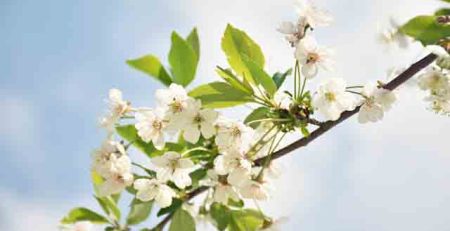


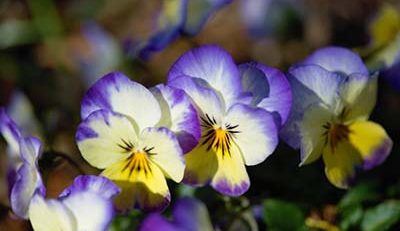
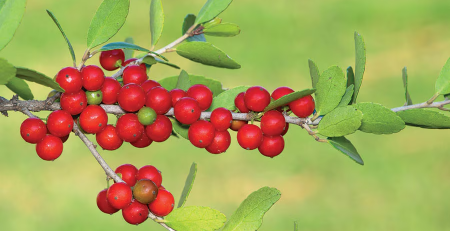
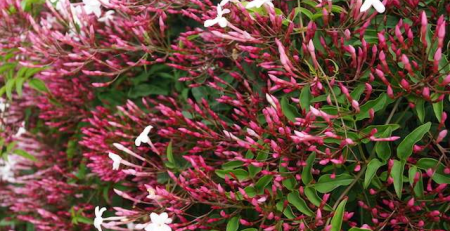
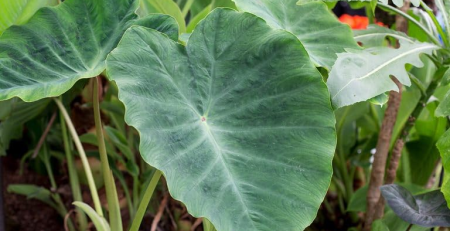
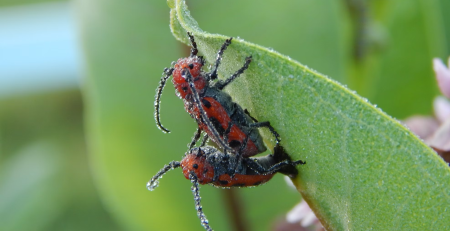
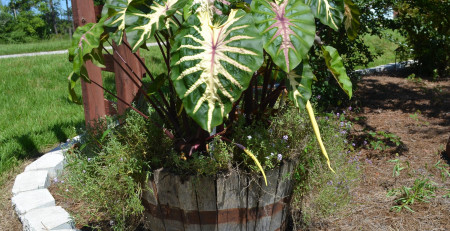
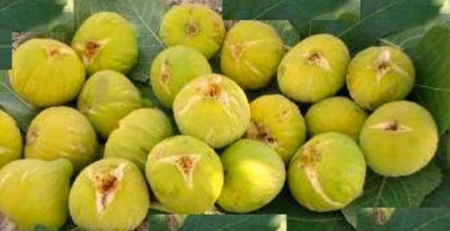
Leave a Reply